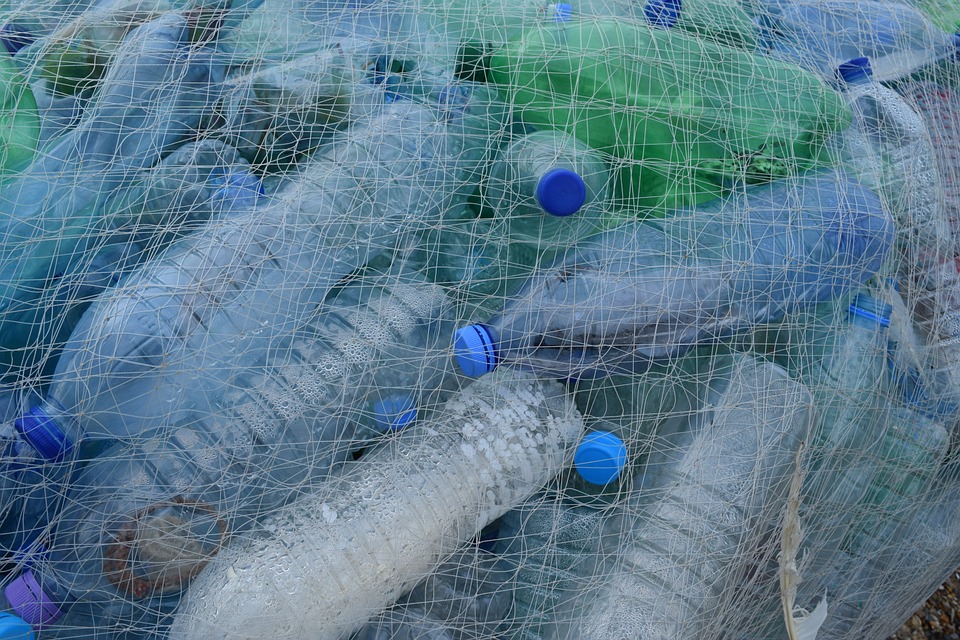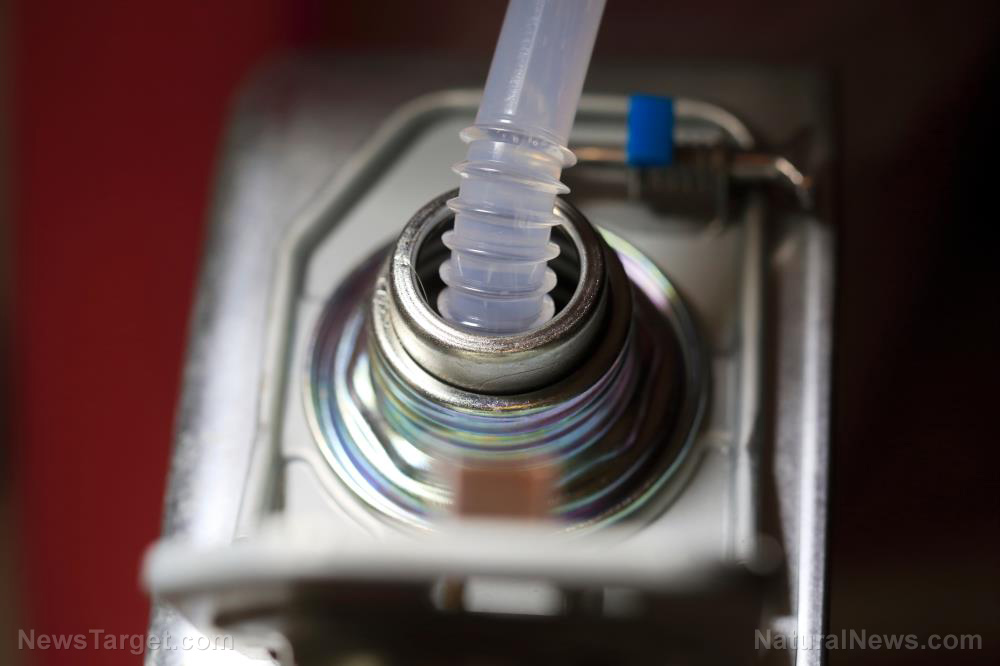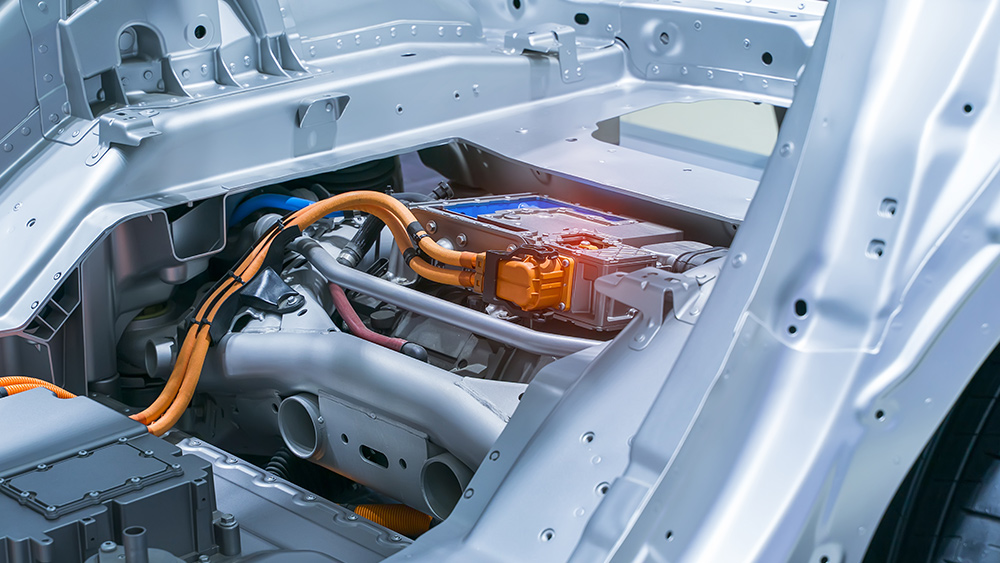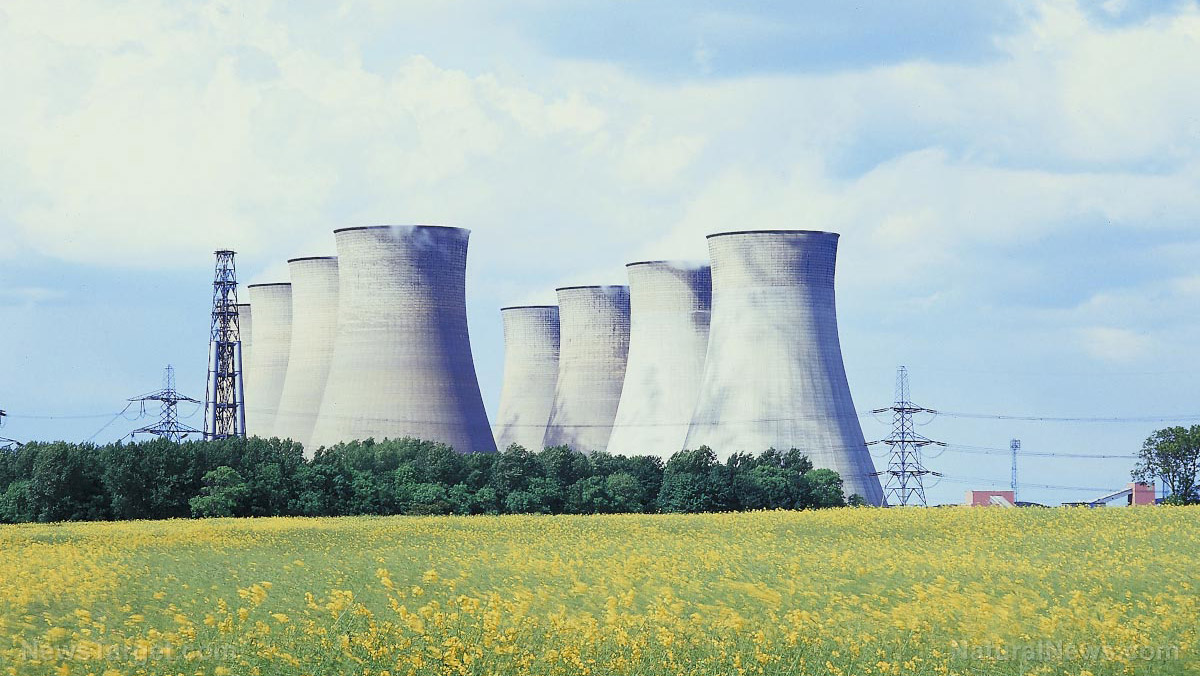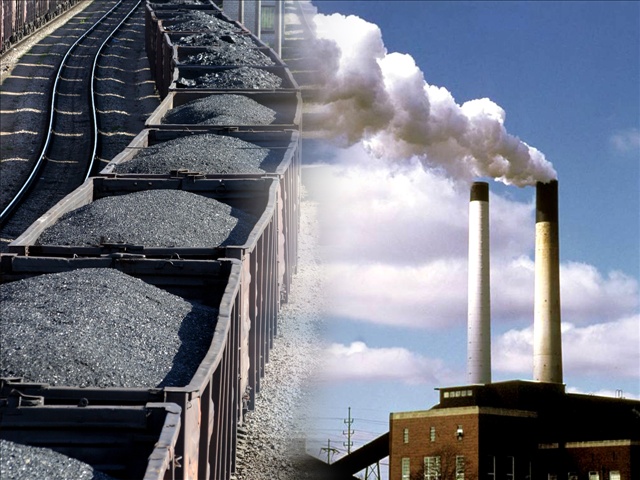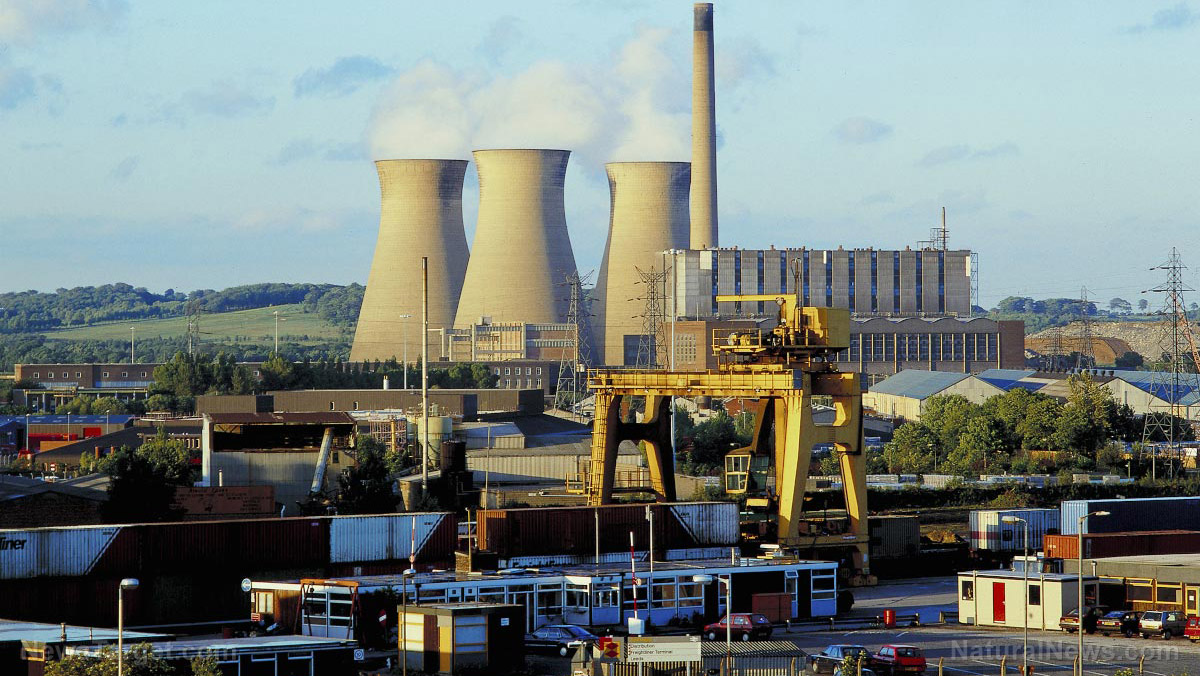From light to liquid fuel: Experts use sunlight and a copper-based catalyst to turn carbon dioxide into methanol
09/06/2021 / By Virgilio Marin
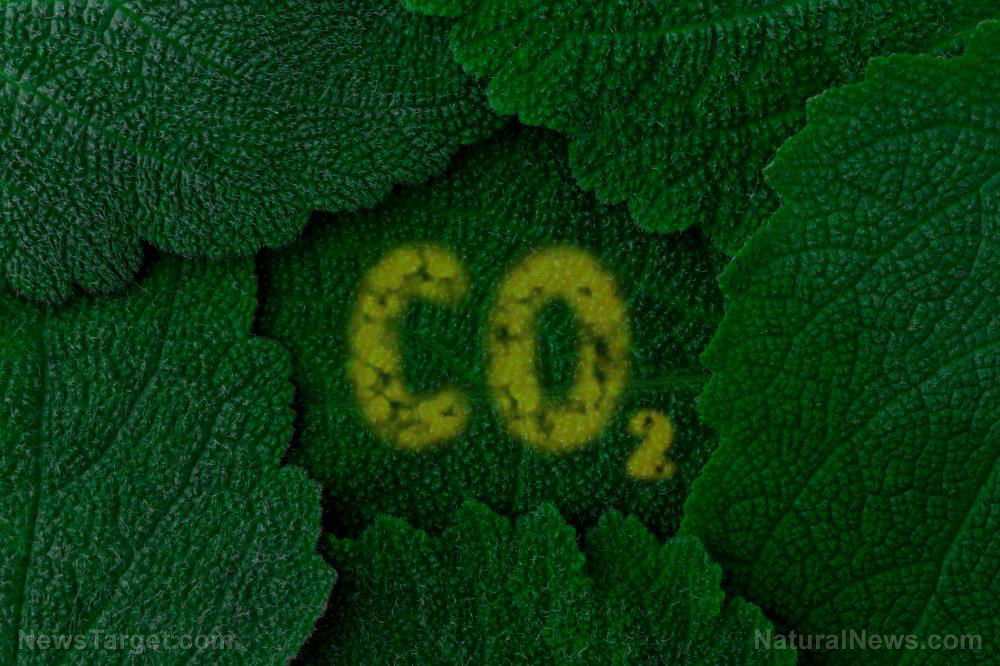
A team led by Argonne National Laboratory researchers has found a new way to convert carbon dioxide into methanol, an alcohol commonly used as an alternative fuel. In a paper published in the journal Nature Energy, the researchers described how they used sunlight and a copper-based catalyst to trigger carbon dioxide conversion.
Using photosynthesis to convert carbon dioxide to fuel
The researchers modeled their technique from photosynthesis, the process where plants and other organisms use energy from sunlight to turn carbon dioxide into food.
“We had this idea of copying photosynthesis, which uses carbon dioxide to make food, so why couldn’t we use it to make fuel?” said Tijana Rajh, a research fellow at Argonne’s Center for Nanoscale Materials and one of the study researchers.
But using photosynthesis would require a better catalyst to trigger the desired chemical reaction that will convert carbon dioxide into methanol. In past attempts, scientists used photocatalysts such as titanium oxide and produced a mixed bag of potentially toxic products, such as aldehydes and methane.
The researchers looked for another photocatalyst and stumbled upon cuprous oxide – a copper-based semiconductor in the form of a red powder that, when exposed to light, can produce electrons that react with various compounds.
The researchers developed cuprous oxide particles that has as many as eight facets, much like a diamond. Most of the facets of a particle are inert, but one is active in driving the conversion of carbon dioxide to methanol. This facet, according to Rajh, is quite active because the carbon dioxide molecule bonds to it in such a way that the structure of the molecule bends slightly, reducing the amount of energy needed for the conversion.
The powder triggered a chemical reaction when mixed with water into which carbon dioxide is blown and a beam of light is directed using a solar simulator. The reaction produced oxygen, just like in photosynthesis, and converted carbon dioxide into methanol. (Related: Meet your new car batteries: Water, carbon dioxide, and cobalt.)
“This is the chemical reaction that we discovered,” said Yimin Wu, an engineering professor at the University of Waterloo in Canada and the lead researcher of the study. “Nobody has done this before.”
The next step for the researchers is to increase the amount of methanol that they can produce and bring their technique to the market.
“Carbon dioxide is such a stable molecule and it results from the burning of basically everything, so the question is how do we fight nature and go from a really stable end product to something useful and energy-rich,” Rajh said.
Producing jet fuel from carbon dioxide in the air
In another study, which was published in the journal Nature Communications, researchers used a catalyst made up of iron, manganese and potassium to “capture” carbon dioxide from the air and turn it into jet fuel.
Normally, hydrocarbons in burning fossil fuels are converted into carbon dioxide and water, releasing energy. The researchers essentially reversed this process. By adding heat, they were able to combine carbon dioxide with hydrogen from water to produce a few grams of liquid fuel that they said could work in a jet engine.
This process was made possible by the catalyst, which was composed of abundant Earth elements that are easier and cheaper to prepare than many similar candidates. The catalyst also interacts easily with hydrogen and displays high selectivity for various jet-fuel hydrocarbons.
While the amount of produced fuel is small, the researchers are currently refining their method to scale it up for commercial use.
Learn more about innovative ways of producing alternative fuels at NewEnergyReport.com.
Sources include:
Tagged Under: alternative fuel, breakthrough, carbon dioxide, discoveries, environment, future science, green living, innovation, inventions, jet fuel, photosynthesis, research
RECENT NEWS & ARTICLES
COPYRIGHT © 2017 POWER NEWS

